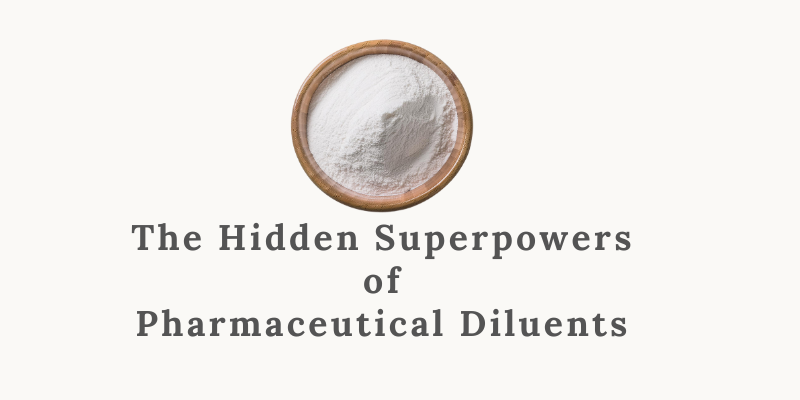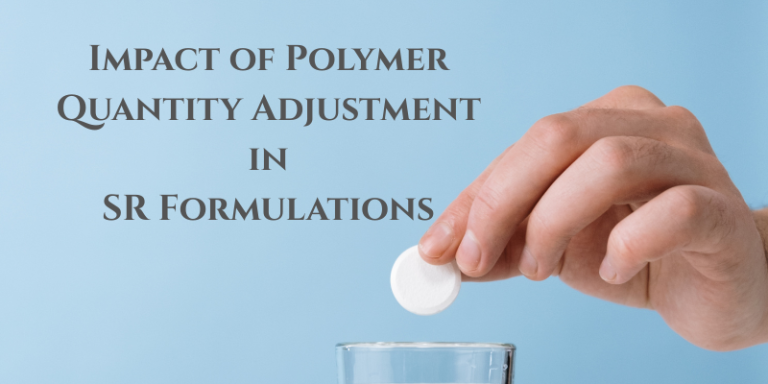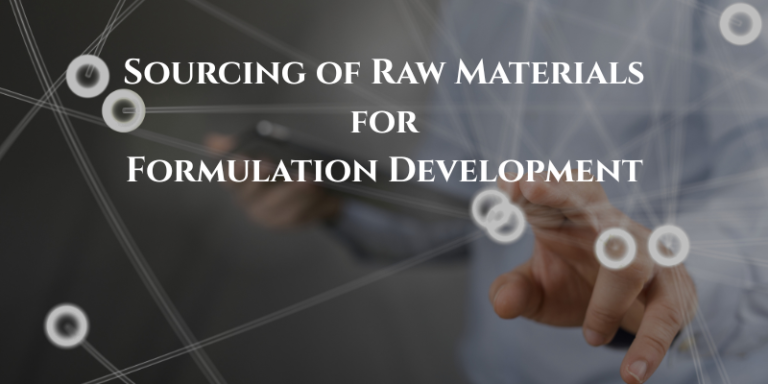The Hidden Superpowers of Pharmaceutical Diluents
In formulation development, diluents (or fillers) are often seen as passive ingredients, just there to add bulk, improve compressibility, or adjust dose uniformity. But what if I told you they play critical hidden roles that can make or break a formulation?
Here’s a look at some surprising functionalities beyond their textbook definitions:
Lactose isn’t just a filler, it stimulates bile secretion, improving solubility of lipophilic drugs like griseofulvin. It also participates in Maillard reactions, which can impact stability.(Maillard reaction: reaction between primary and secondary Amines with sugars )
Microcrystalline Cellulose (MCC) does more than bind, absorbs moisture, enhances disintegration (Works synergistically with super disintegrants like croscarmellose sodium by creating capillary channels for faster water penetration), and even improves tablet hardness through pseudoplastic flow: (Improves tablet hardness in high-speed compression by deforming plastically under pressure).
Mannitol provides a cooling mouthfeel in chewable tablets, and acts as an osmotic agent in controlled-release systems.
Dicalcium Phosphate (DCP) works as a pH buffer, metal chelator, and even a density modifier for gastro-retentive formulations.
- Metal Chelator: Binds trace metals (e.g., iron) that could catalyze API oxidation.
- Density Modifier: Adjusts tablet density for controlled floating/sinking in gastro-retentive systems.
Starch & Pregelatinized Starch contribute to bioadhesion, osmotic drug release, and even serve as a nutrient in probiotic formulations.
Co-Processed Diluents (e.g., Prosolv®silicified: “microcrystalline cellulose”, StarLac®:”lactose-monohydrate and maize starch”) optimize formulation performance by combining multiple excipient functions in one.
Sorbitol acts as a humectant in orally disintegrating films, a plasticizer for coatings, and a syneresis inhibitor in hydrogels.
Calcium Carbonate isn’t just an antacid, it generates CO₂ in effervescent formulations, binds phosphate in renal drugs, and buffers gastric acid.
Trehalose stabilizes biologics, controls crystallization in amorphous systems, and extends shelf life by reducing molecular mobility.
Why This Matters
- Boost Bioavailability: Lactose enhances bile secretion, while MCC accelerates disintegration.
- Improve Patient Experience: Mannitol’s cooling effect and isomalt’s chewability enhance compliance.
- Enhance Stability: DCP buffers pH-sensitive APIs, and trehalose protects biologics.
A small change in diluent type (e.g., lactose anhydrous vs. monohydrate) can drastically impact drug performance. Choosing the right excipient isn’t just about filling space, it’s about unlocking new possibilities in drug delivery.
Read also:
Resource Person: Jamal Jameel







